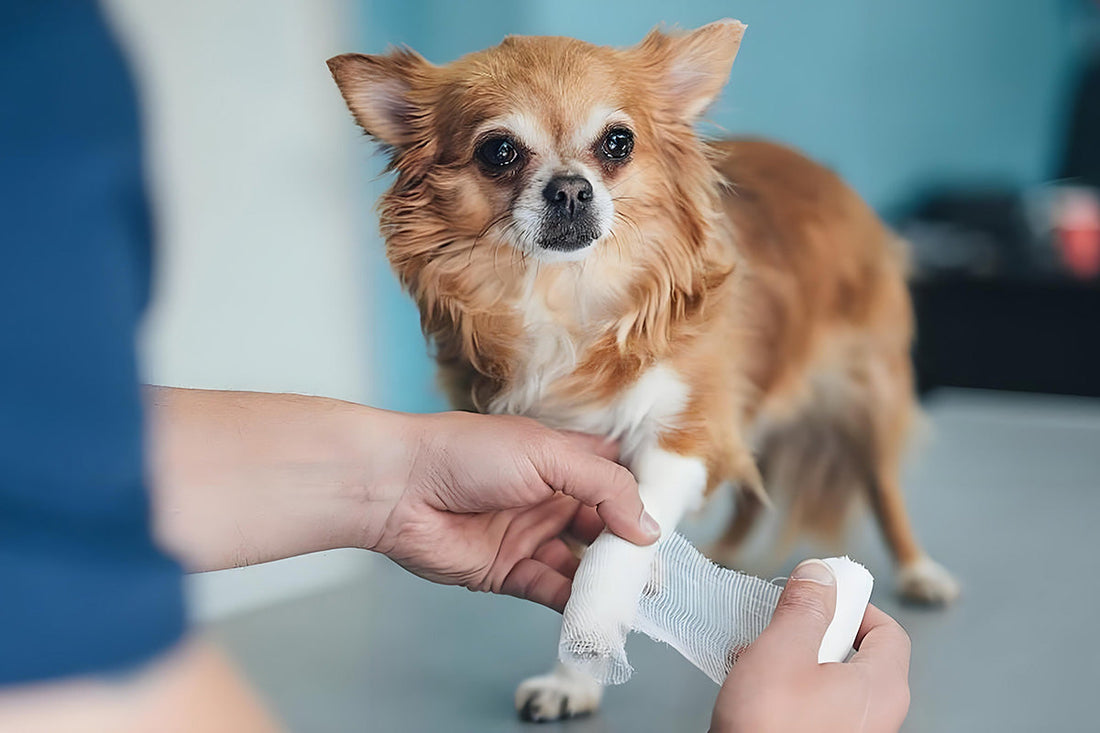
How Much Is Pet Insurance? A 2025 Guide
If you're a proud pet parent, you’ve probably heard about pet insurance. But one of the biggest questions that comes up is: how much does pet insurance actually cost? Whether you have a curious kitten, a playful puppy, or an older companion, understanding the cost of coverage can help you make a smart decision for your furry family member—and your wallet.
In this guide, we’ll break down the average prices, what affects your premiums, and whether pet insurance is really worth it.
What Is Pet Insurance, Anyway?
Pet insurance helps cover veterinary bills for accidents, illnesses, and sometimes routine care like vaccinations. Just like health insurance for people, you pay a monthly premium, and in return, the insurance company reimburses a percentage of your vet bills after you meet a deductible.
Depending on your plan, pet insurance can help ease the financial burden of unexpected vet costs—which can sometimes run into the thousands.
The Average Cost of Pet Insurance in 2025
On average, here’s what you can expect to pay each month:
- Dogs: $40–$80 per month for accident and illness coverage
- Cats: $20–$40 per month for accident and illness coverage
If you only want accident-only coverage (no illness protection), it’s cheaper:
- Dogs: $15–$25 per month
- Cats: $10–$20 per month
Optional add-ons like wellness plans for routine checkups and vaccinations can add another $10–$30 to your monthly bill.
Quick Tip: Puppies and kittens are generally cheaper to insure than older pets, so enrolling early can save you money over the lifetime of your pet.
What Affects the Cost of Pet Insurance?
Not all pets—or plans—are priced equally. Here’s what influences how much you’ll pay:
- Type of Pet: Dogs are usually more expensive to insure than cats.
- Breed: Some breeds are prone to hereditary conditions, which can raise premiums. For example, French Bulldogs and German Shepherds often cost more to insure than mixed-breeds.
- Age: Older pets cost more to cover because they’re more likely to develop health issues.
- Location: Vet costs vary across the U.S. and Canada. Living in a major city like New York or Toronto typically means higher premiums.
- Coverage Type: Comprehensive plans (accident + illness + wellness) cost more than basic accident-only plans.
- Deductible and Reimbursement Choices: Higher deductibles and lower reimbursement rates can lower your monthly payment, but you’ll pay more out-of-pocket when you make a claim.

Is Pet Insurance Worth It?
It depends on your financial situation and your pet’s health. Emergency surgeries, chronic illnesses, and even simple diagnostics like X-rays can quickly add up.
Here’s a quick breakdown:
|
Procedure |
Average Cost (U.S.) |
|
Emergency Surgery |
$2,000–$5,000 |
|
Cancer Treatment |
$5,000–$10,000+ |
|
Diabetes Management |
$2,000–$4,000 annually |
|
MRI Scan |
$1,500–$3,000 |
Without insurance, you might be forced to choose between your finances and your pet’s health. Insurance offers peace of mind that you can afford the best care possible without draining your savings.
How to Find the Right Pet Insurance
When shopping for a policy, here are a few tips:
- Compare Plans: Use online comparison tools to view side-by-side coverage options.
- Read the Fine Print: Some plans don’t cover hereditary conditions or have restrictions on pre-existing conditions.
- Customize Your Coverage: Choose deductibles, reimbursement rates, and coverage levels that fit your budget and needs.
- Check Reviews: See what other pet parents are saying about claim processing times and customer service.
Popular providers in 2025 include Healthy Paws, Lemonade, Embrace, and Trupanion—each with slightly different pros and cons.
Final Thoughts
Pet insurance isn’t a one-size-fits-all product. Costs vary depending on your pet’s breed, age, where you live, and the level of coverage you choose.
On average, you can expect to spend between $20 to $80 per month to protect your furry friend. It’s a small price to pay for the comfort of knowing you’ll never have to think twice about getting your pet the care they need.
After all, our pets aren’t just animals—they’re family.
